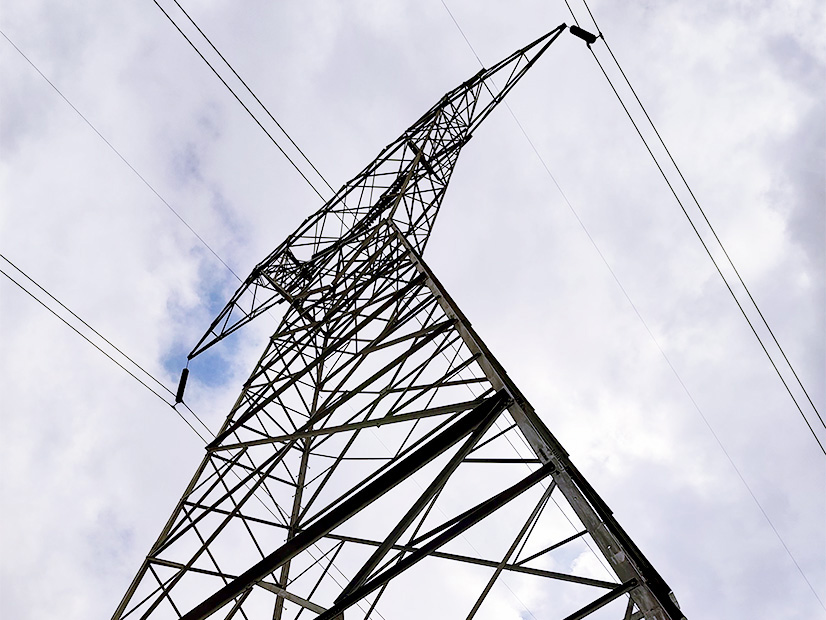
The New England states have united to seek federal funding to help strengthen the region’s transmission to accommodate electricity from offshore wind projects and Canada.
As a coalition, the states have put forward concept papers to the U.S. Department of Energy, asking to be considered for funding for transmission projects as part of DOE’s new Grid Innovation Program, which is giving out up to $2 billion in funding in its first cycle.
The program will eventually give out up to $250 million per project, aiming to “support projects that use innovative approaches to transmission, storage and distribution infrastructure to enhance grid resilience and reliability.”
New England’s states see themselves as strong candidates, pointing to the region’s unique energy security risks and natural gas reliance.
In a joint press release, the states said they are looking to pursue transmission investments that “reduce the region’s reliance on imported fossil fuels in winter months, help insulate electricity customers from the wild swings in the fossil fuel markets currently leading to high electricity prices throughout New England and take advantage of diverse energy sources.”
Their first proposal is a partnership between states, transmission providers and wind developers called the Joint State Innovation Partnership for Offshore Wind. If given federal funding, it would “proactively plan, identify, and select a portfolio of transmission projects needed to unlock the region’s significant offshore wind potential, improve grid reliability and resiliency, and invest in job growth and quality.”
In a separate submission led by Vermont, the states are also asking DOE for funding for the New England Clean Power Link, a proposed 1,000-MW transmission line between Québec and Vermont that would increase imports of Canadian hydropower.
The NECPL, under development by Blackstone subsidiary TDI New England, has received the permits it needs to bury two six-inch wide cables for around 150 miles in Vermont, including under Lake Champlain. But there’s no contract yet for the power that would be delivered, and construction on the project has yet to commence.
DOE will be evaluating the applications over the next few weeks and is expected to invite some of the applicants to submit full proposals for funding, which would be due in May.
“We are hopeful that DOE views these concept papers favorably, and Connecticut and its partners stand ready to turn the proposals we’ve submitted into tangible models of climate action and its numerous benefits,” said Katie Dykes, commissioner of the Connecticut Department of Energy and Environmental Protection.

